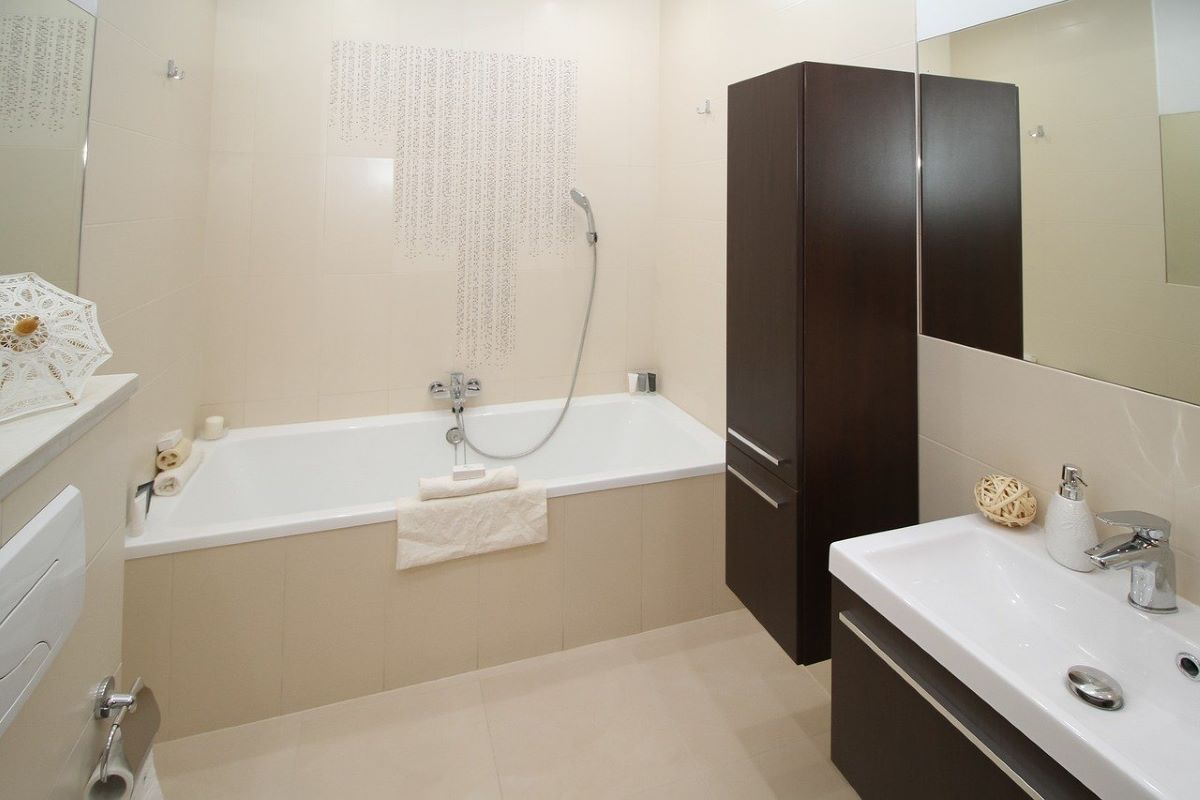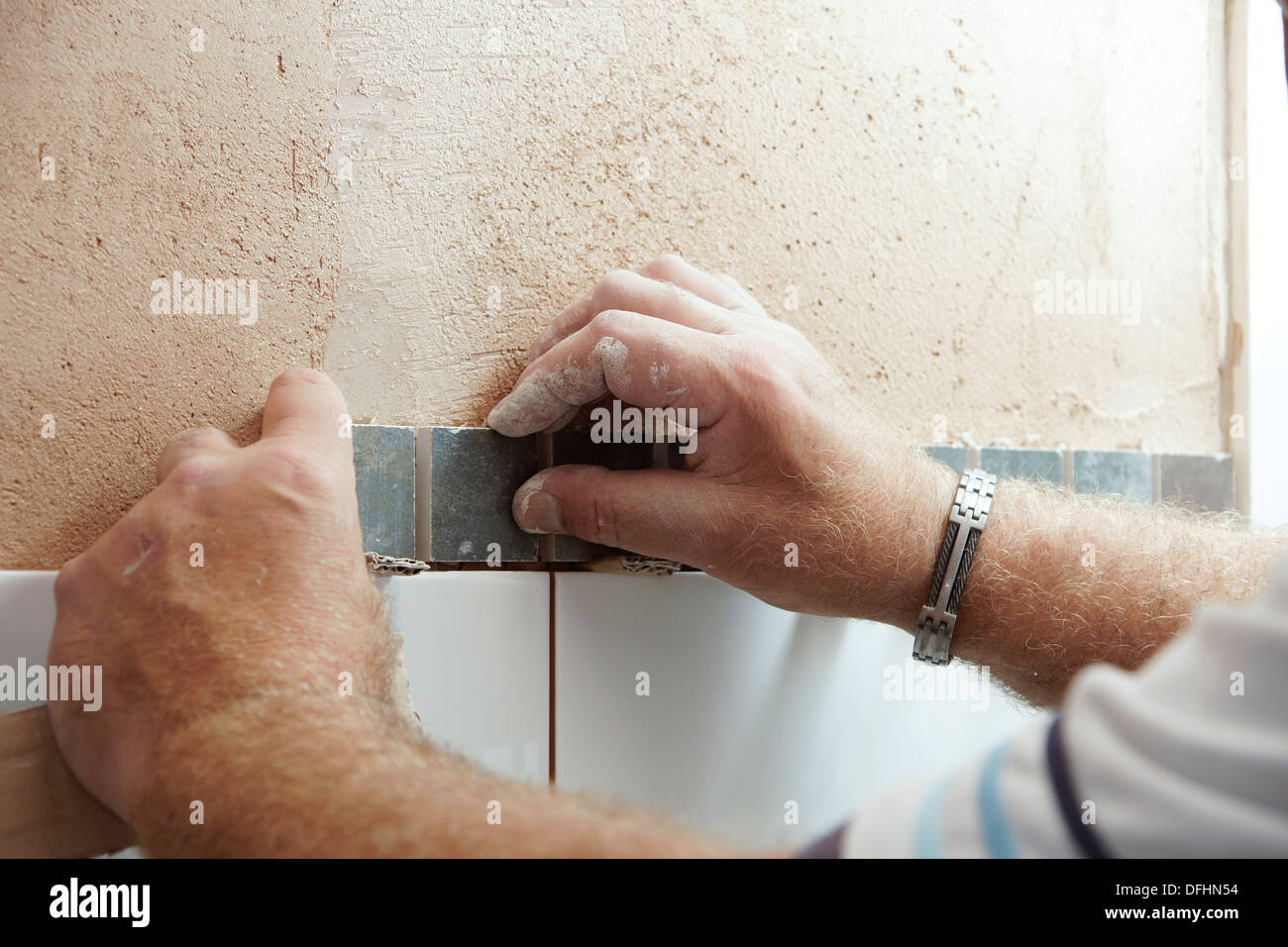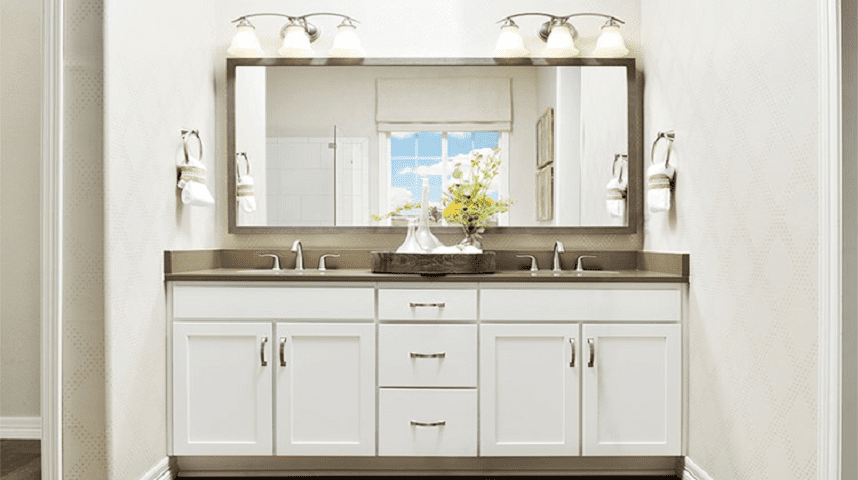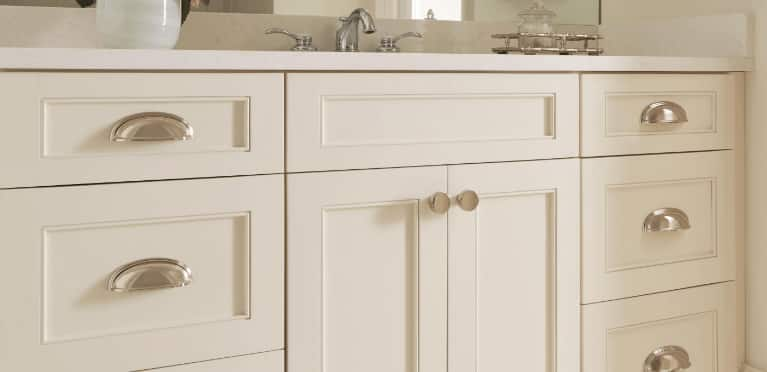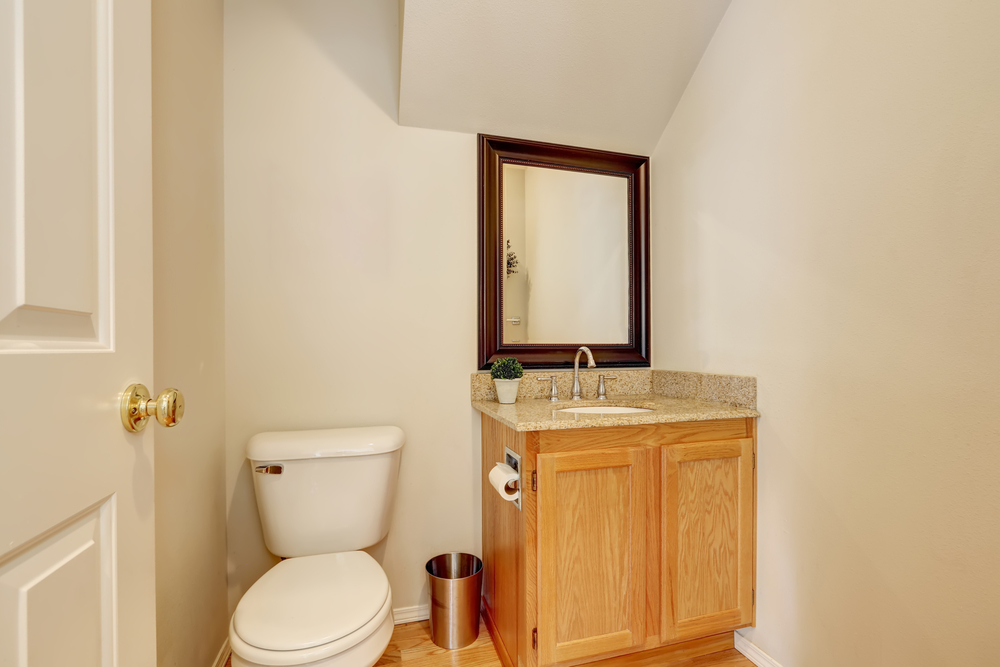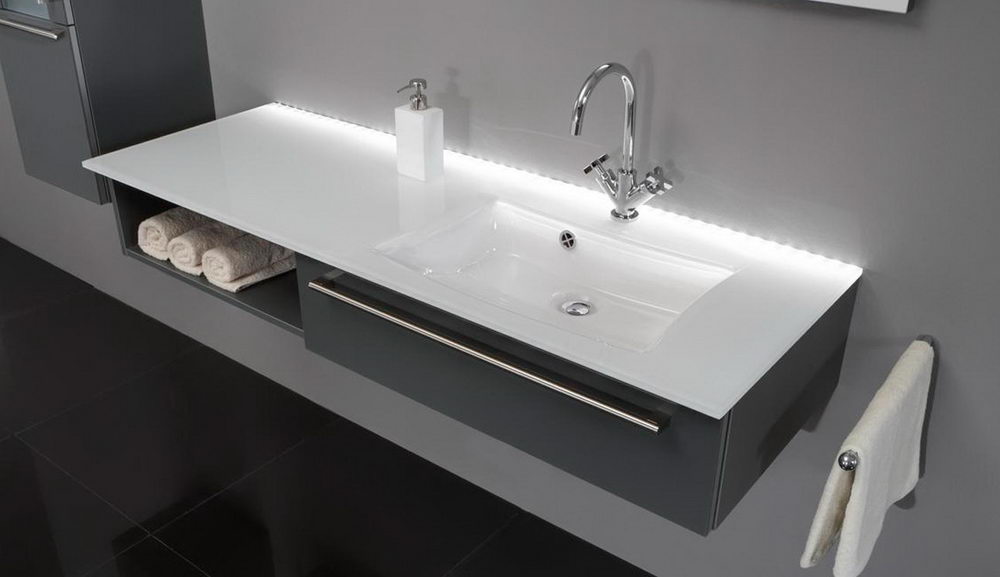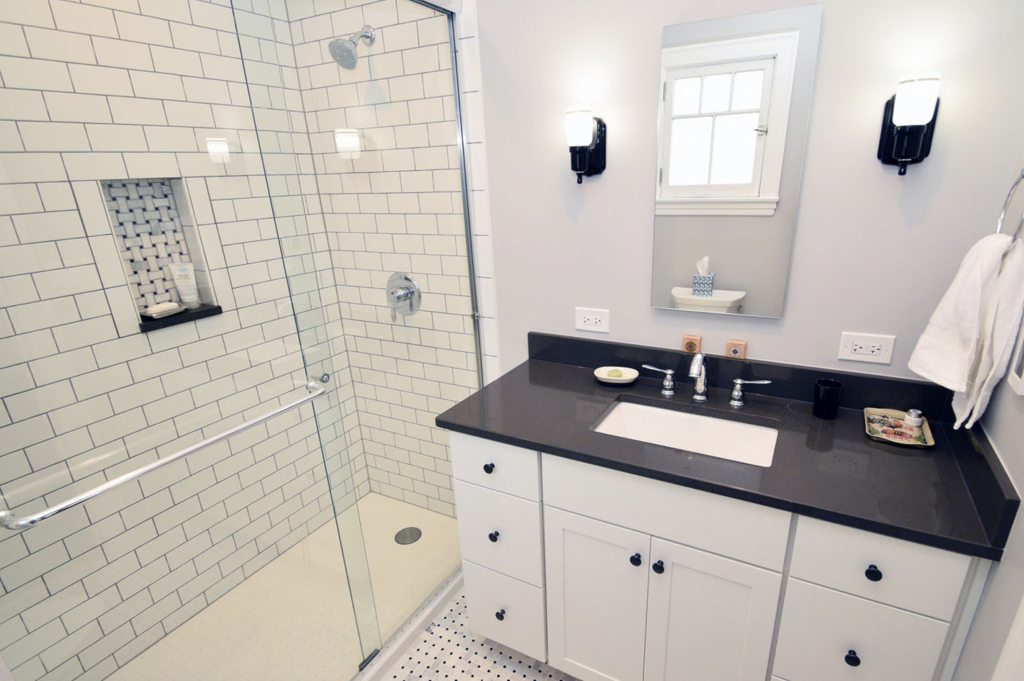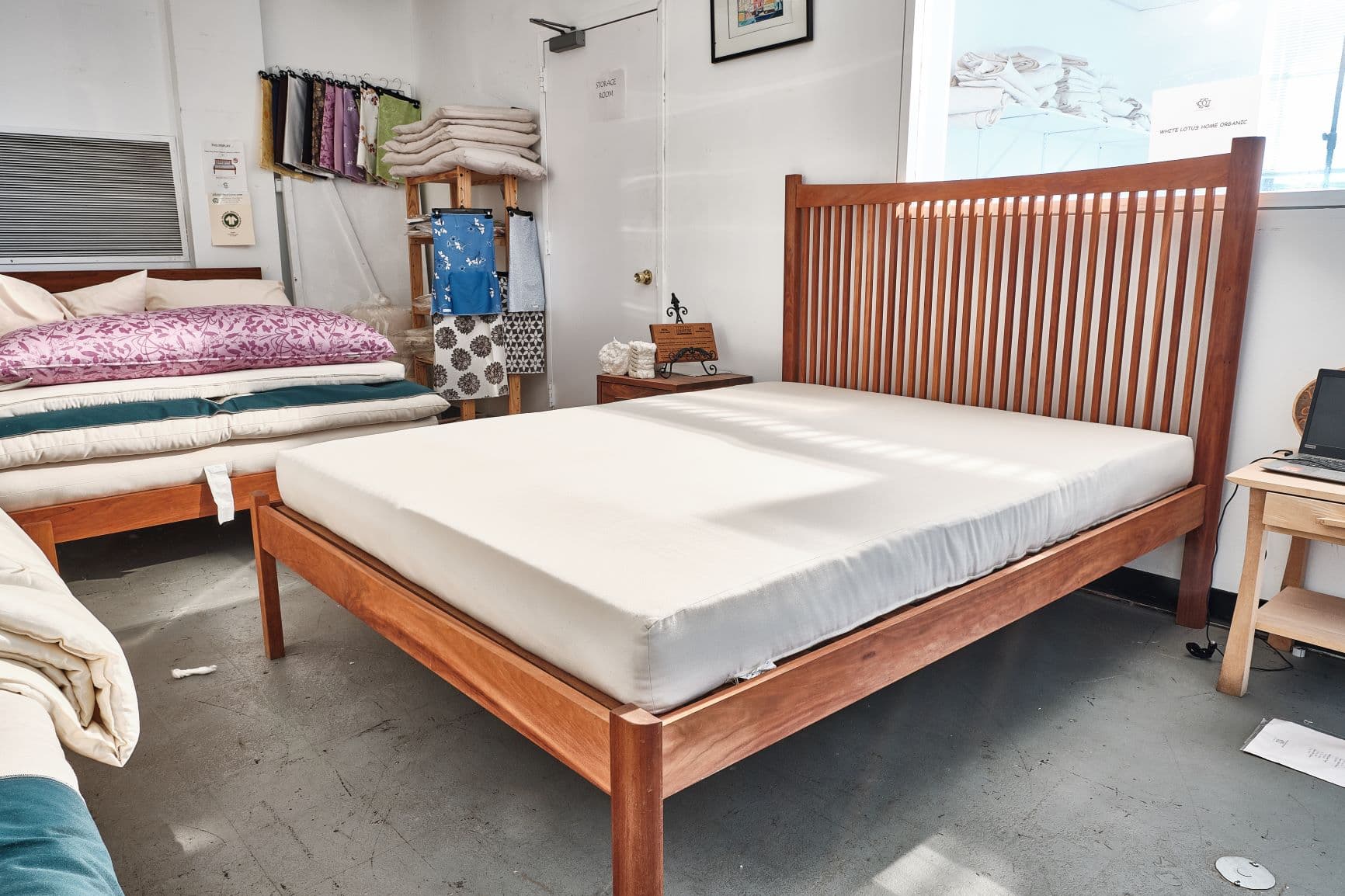Attaching a bathroom vanity to the wall is an important step in any bathroom renovation project. Not only does it help to create a more streamlined and modern look, but it also maximizes space in smaller bathrooms. However, the process of attaching a vanity to the wall can seem daunting, especially for those who are new to DIY projects. In this guide, we will walk you through the steps of securely mounting a bathroom vanity to the wall, as well as provide tips and tricks to ensure a successful and professional-looking installation.How to Attach a Bathroom Vanity to the Wall
Before you begin attaching your bathroom vanity to the wall, it’s important to measure and mark the placement of the vanity on the wall. Make sure to account for the size of the vanity, as well as any plumbing fixtures that may need to be factored in. Once you have your measurements, follow these steps: Step 1: Use a stud finder to locate the wall studs where you will be attaching the vanity. These studs will provide the necessary support for the weight of the vanity and its contents. Step 2: Use a level to ensure that the vanity is straight and mark the placement of the vanity on the wall. Step 3: Use a drill to create pilot holes in the back of the vanity in the locations that correspond to the wall studs. Make sure to use a drill bit that is slightly smaller than the diameter of the screws you will be using. Step 4: With the help of a friend, carefully lift the vanity into place on the wall, making sure to align it with the marks you made earlier. Step 5: Secure the vanity to the wall by screwing through the pilot holes and into the wall studs using wood screws. Step 6: Use a level to check that the vanity is still straight and make any necessary adjustments. Step 7: Finally, use trim or caulk to cover any gaps between the vanity and the wall, providing a finished look.Step-by-Step Guide for Attaching a Bathroom Vanity to the Wall
To ensure that your bathroom vanity is securely mounted to the wall, it’s important to use the right tools and techniques. Here are some tips for a secure and long-lasting installation: Use the right hardware: When attaching a vanity to the wall, it’s important to use the right hardware, such as wood screws or toggle bolts. Make sure to select hardware that is strong enough to support the weight of the vanity and its contents. Check for level: Before securing the vanity to the wall, make sure to check for levelness using a level. This will ensure that the vanity is straight and won’t cause any issues with the plumbing or the doors and drawers. Consider adding additional support: In some cases, the wall studs may not align with the placement of the vanity. In these situations, it may be necessary to add additional support, such as a ledger board, to ensure that the vanity is securely mounted.Securely Mounting a Bathroom Vanity to the Wall
For those who are new to DIY projects, attaching a bathroom vanity to the wall may seem like a daunting task. However, with the right tools and techniques, it can be easily done. Here are some tips for a successful DIY installation: Measure twice, cut once: Before making any cuts or drilling any holes, make sure to measure and mark the placement of the vanity on the wall. This will help to avoid any mistakes and ensure a precise installation. Use a template: To ensure that the faucet and sink are properly aligned on the vanity, create a template using cardboard or paper. This will help to avoid any errors when drilling holes for the plumbing fixtures. Have a helper: Attaching a bathroom vanity to the wall can be a two-person job. Having a helper to hold the vanity in place while you secure it to the wall can make the process much easier and safer.DIY Tips for Attaching a Bathroom Vanity to the Wall
Before beginning the installation process, make sure to have all the necessary tools and materials on hand. Here’s a list of what you’ll need: Tools: Stud finder, level, drill, drill bits, screwdriver, hammer, measuring tape Materials: Vanity, wood screws or toggle bolts, caulk or trim, faucet and sinkTools and Materials Needed for Attaching a Bathroom Vanity to the Wall
While attaching a bathroom vanity to the wall may seem straightforward, there are some common mistakes that can lead to an unsuccessful installation. Here are some pitfalls to avoid: Not using the right hardware: Using the wrong type or size of hardware can lead to an unstable installation. Make sure to select hardware that is appropriate for the weight and size of your vanity. Not checking for level: A vanity that is not level can cause issues with the plumbing and doors and drawers. Always check for levelness before securing the vanity to the wall. Not accounting for plumbing fixtures: It’s important to take into account the placement of the plumbing fixtures when measuring and marking the placement of the vanity on the wall. Failure to do so can result in errors and potential damage to the vanity or fixtures.Common Mistakes to Avoid When Attaching a Bathroom Vanity to the Wall
For those who want a more professional-looking installation, there are some techniques that can help achieve a flawless result. Here are some tips from the pros: Use shims: When attaching the vanity to the wall, use shims to ensure that it is level and secure. This will help to avoid any gaps or unevenness between the vanity and the wall. Pre-drill holes: To prevent the vanity from splitting or cracking, pre-drill holes before screwing in the hardware. This will also help to create a cleaner and more precise installation. Install a backsplash: Adding a backsplash behind the vanity can not only protect the wall from water damage, but it can also help to hide any gaps or imperfections between the vanity and the wall.Professional Techniques for Attaching a Bathroom Vanity to the Wall
Proper support is essential when attaching a bathroom vanity to the wall. Here are some tips to ensure that your vanity is well-supported: Use wall anchors: If the wall studs do not align with the placement of the vanity, use wall anchors for additional support. These can help to distribute the weight of the vanity and its contents evenly. Attach to multiple studs: If possible, try to attach the vanity to multiple wall studs for added support. This will help to prevent any sagging or instability over time. Consider a wall-hung vanity: For smaller bathrooms or those with limited space, a wall-hung vanity can be a great option. These vanities are mounted directly to the wall, providing ample support and creating a more spacious feel in the bathroom.Ensuring Proper Support When Attaching a Bathroom Vanity to the Wall
When it comes to attaching a bathroom vanity to the wall, the type of hardware used is crucial. Here are some factors to consider when selecting hardware: Weight capacity: Make sure to choose hardware that is strong enough to support the weight of the vanity and its contents. This will ensure a secure and long-lasting installation. Material: Depending on the material of your vanity, you may need specific types of screws or bolts to ensure a secure attachment. For example, if your vanity is made of particle board, it may be necessary to use toggle bolts. Size and length: The size and length of the hardware will depend on the thickness of the vanity and the distance between the wall studs. Make sure to choose hardware that is appropriate for your specific vanity.Choosing the Right Hardware for Attaching a Bathroom Vanity to the Wall
One of the biggest benefits of attaching a bathroom vanity to the wall is the space-saving aspect. Here are some tips for maximizing space by attaching your vanity to the wall: Choose a wall-hung vanity: As mentioned earlier, a wall-hung vanity can create a more spacious feel in smaller bathrooms by freeing up floor space. Install shelves or baskets: To further maximize space, consider installing shelves or baskets on the wall above or beside the vanity. This can provide additional storage for toiletries and other bathroom essentials. Use a smaller vanity: If space is a major concern, opt for a smaller vanity that can be securely attached to the wall. This will create more room in the bathroom and still provide ample storage. Attaching a bathroom vanity to the wall may seem like a daunting task, but with the right tools and techniques, it can be easily accomplished. By following these steps and tips, you can achieve a professional-looking installation that maximizes space and adds a modern touch to your bathroom. So go ahead and take on this DIY project with confidence, and enjoy the benefits of a securely mounted and space-saving bathroom vanity.Maximizing Space by Attaching a Bathroom Vanity to the Wall
Why Attaching a Bathroom Vanity to the Wall is the Perfect Choice for Your House Design

Maximizing Space and Functionality
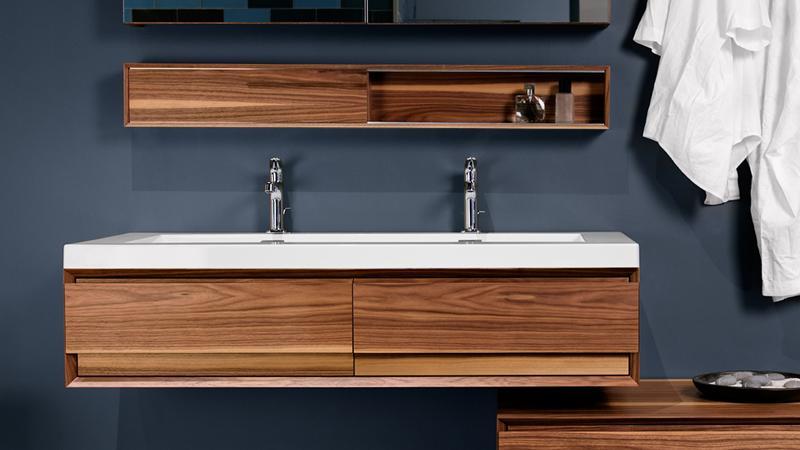 When it comes to designing a bathroom, every inch of space counts. That's why attaching a
bathroom vanity
to the wall is a smart and practical choice. By
attaching
the vanity to the wall, you can maximize the available space in your bathroom, especially if it is on the smaller side. This allows for better movement and functionality in the room, making it easier to navigate and use.
When it comes to designing a bathroom, every inch of space counts. That's why attaching a
bathroom vanity
to the wall is a smart and practical choice. By
attaching
the vanity to the wall, you can maximize the available space in your bathroom, especially if it is on the smaller side. This allows for better movement and functionality in the room, making it easier to navigate and use.
A Sleek and Modern Look
 In addition to its functional benefits,
attaching
a
bathroom vanity
to the wall also adds a sleek and modern touch to your bathroom design. With the vanity suspended on the wall, it creates a clean and open look that can make even the smallest of bathrooms feel more spacious. This is especially useful for those who prefer a minimalist and modern aesthetic in their home design.
In addition to its functional benefits,
attaching
a
bathroom vanity
to the wall also adds a sleek and modern touch to your bathroom design. With the vanity suspended on the wall, it creates a clean and open look that can make even the smallest of bathrooms feel more spacious. This is especially useful for those who prefer a minimalist and modern aesthetic in their home design.
Easy Cleaning and Maintenance
 One of the biggest challenges of a traditional floor-standing vanity is the difficulty in cleaning the floor around and underneath it. With a
wall-mounted
vanity, this problem is eliminated, making cleaning and maintenance much easier. The open space under the vanity also allows for better ventilation, preventing mold and mildew from forming.
One of the biggest challenges of a traditional floor-standing vanity is the difficulty in cleaning the floor around and underneath it. With a
wall-mounted
vanity, this problem is eliminated, making cleaning and maintenance much easier. The open space under the vanity also allows for better ventilation, preventing mold and mildew from forming.
Support and Durability
 Many people may have concerns about the
durability
of a
wall-mounted
vanity, but rest assured that it is a strong and reliable option for your bathroom. When properly installed,
attaching
a
bathroom vanity
to the wall can provide excellent support and withstand daily use. Just make sure to use the appropriate mounting hardware and follow the manufacturer's instructions for installation.
Many people may have concerns about the
durability
of a
wall-mounted
vanity, but rest assured that it is a strong and reliable option for your bathroom. When properly installed,
attaching
a
bathroom vanity
to the wall can provide excellent support and withstand daily use. Just make sure to use the appropriate mounting hardware and follow the manufacturer's instructions for installation.
Customization Options
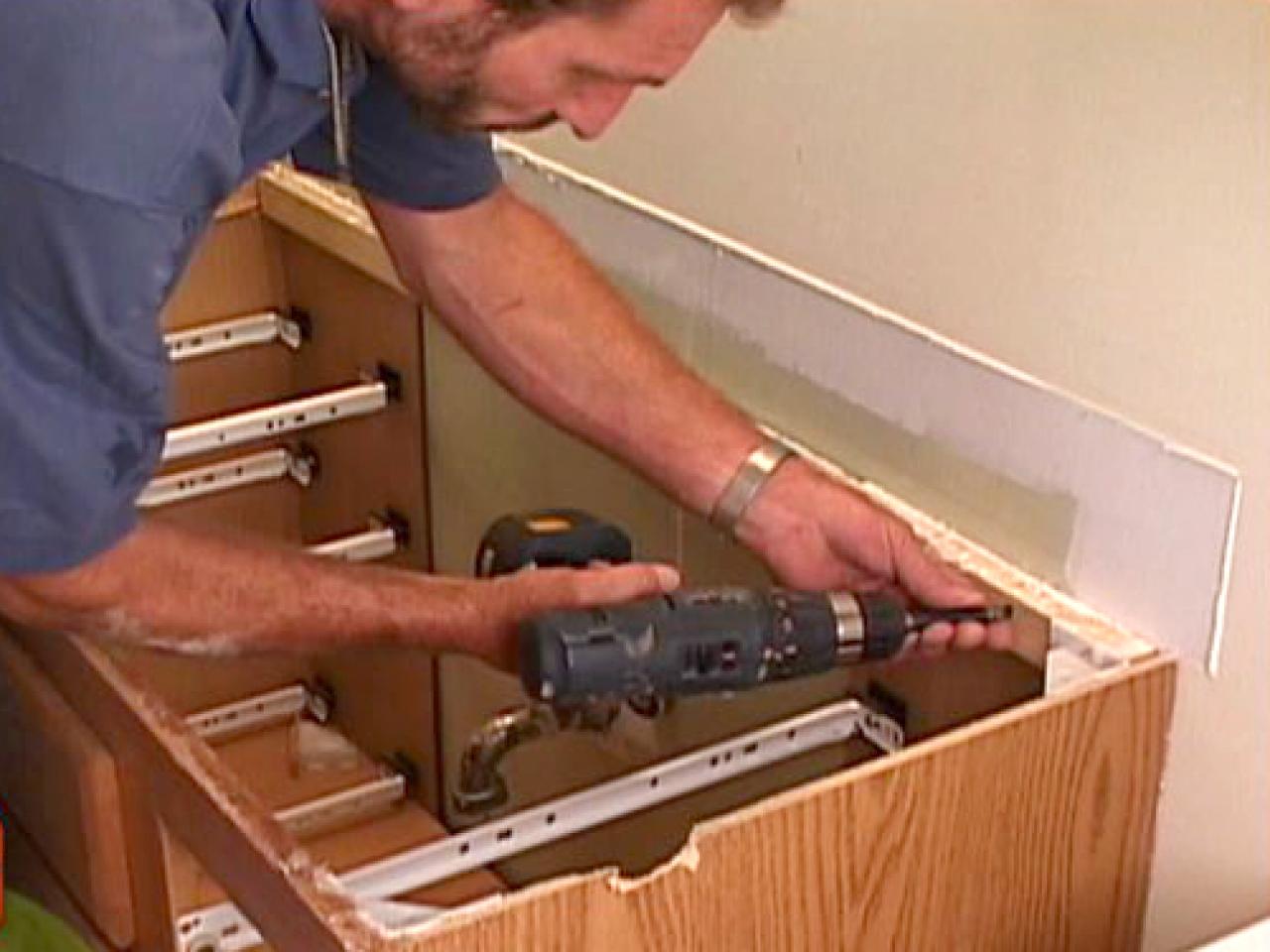 Lastly,
wall-mounted
vanities offer a wide range of customization options that can complement any house design. From different materials and finishes to various sizes and styles, the possibilities are endless. You can even add shelves or drawers to your vanity to further maximize its functionality and storage space.
In conclusion,
attaching
a
bathroom vanity
to the wall is a practical, stylish, and customizable choice for your house design. It offers numerous benefits such as space-saving, modern aesthetics, easy cleaning, and durability. So if you're looking to upgrade your bathroom, consider a
wall-mounted
vanity for a functional and beautiful addition to your home.
Lastly,
wall-mounted
vanities offer a wide range of customization options that can complement any house design. From different materials and finishes to various sizes and styles, the possibilities are endless. You can even add shelves or drawers to your vanity to further maximize its functionality and storage space.
In conclusion,
attaching
a
bathroom vanity
to the wall is a practical, stylish, and customizable choice for your house design. It offers numerous benefits such as space-saving, modern aesthetics, easy cleaning, and durability. So if you're looking to upgrade your bathroom, consider a
wall-mounted
vanity for a functional and beautiful addition to your home.











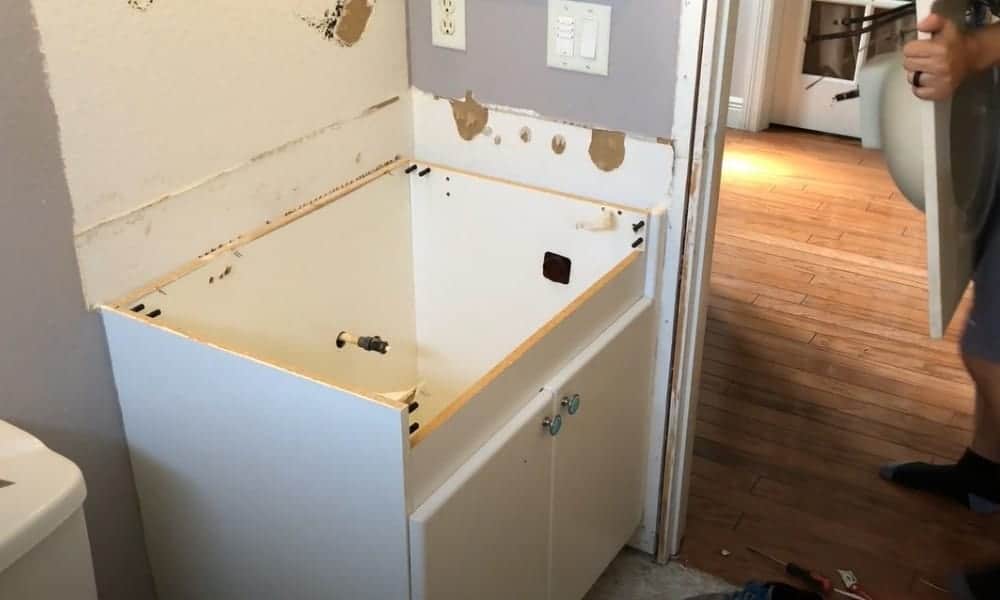











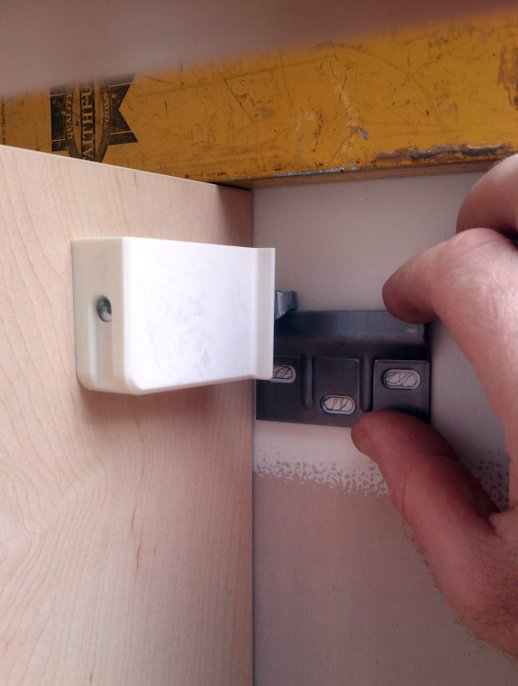





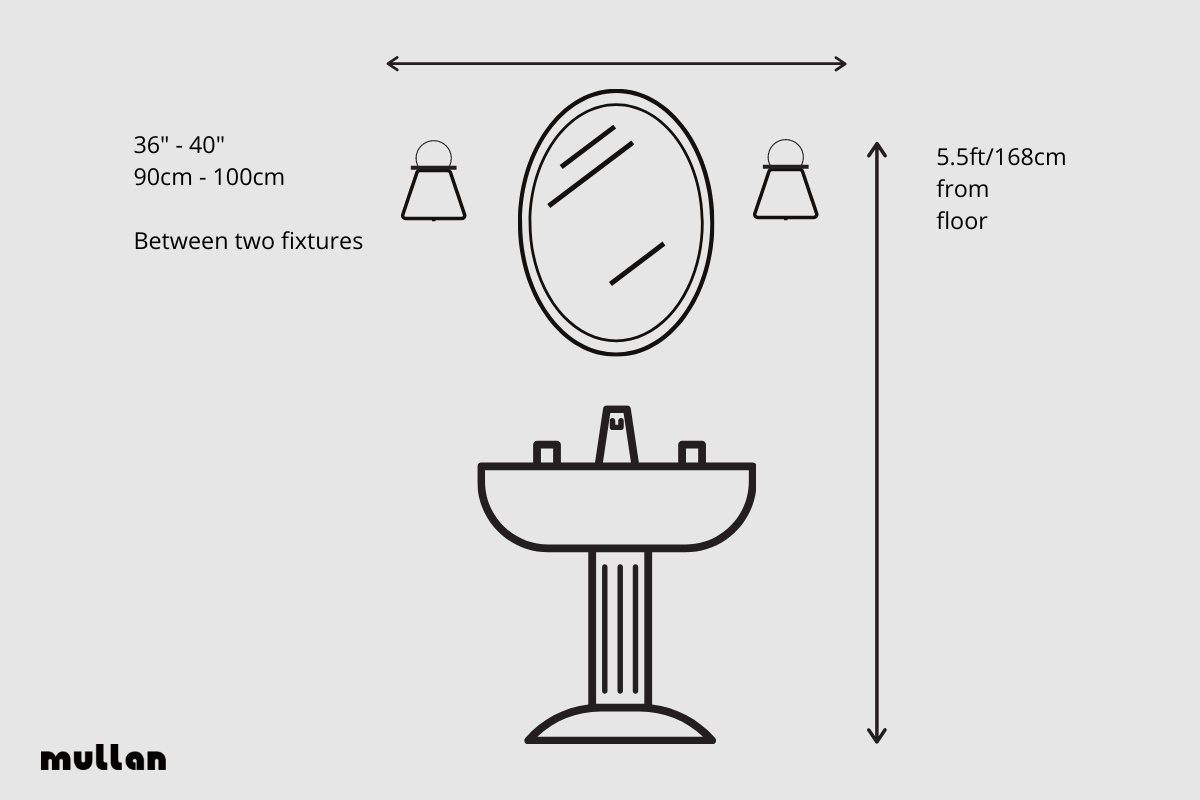
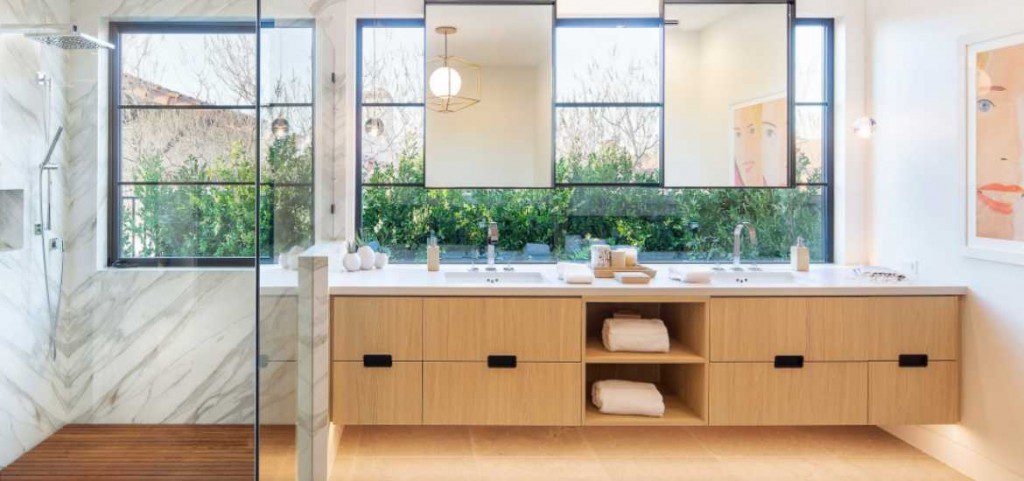
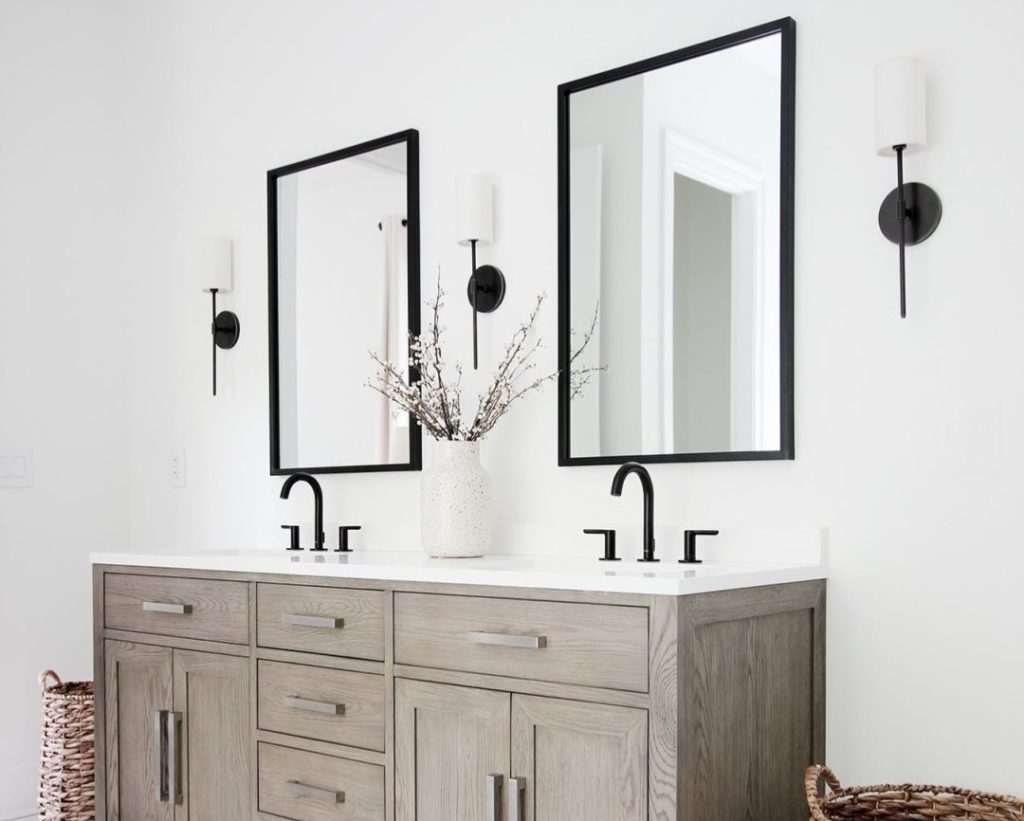



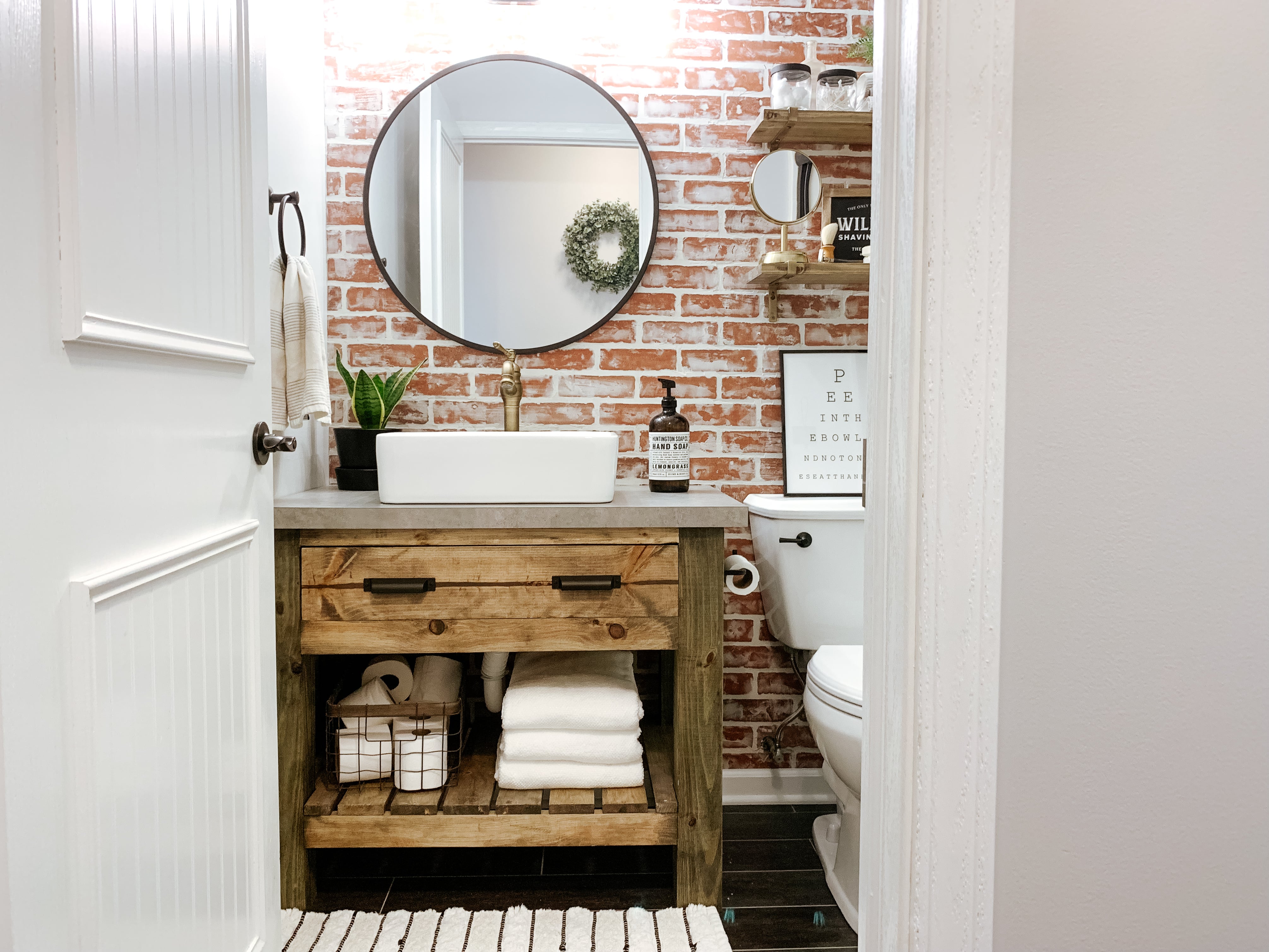

:max_bytes(150000):strip_icc()/build-something-diy-vanity-594402125f9b58d58ae21158.jpg)
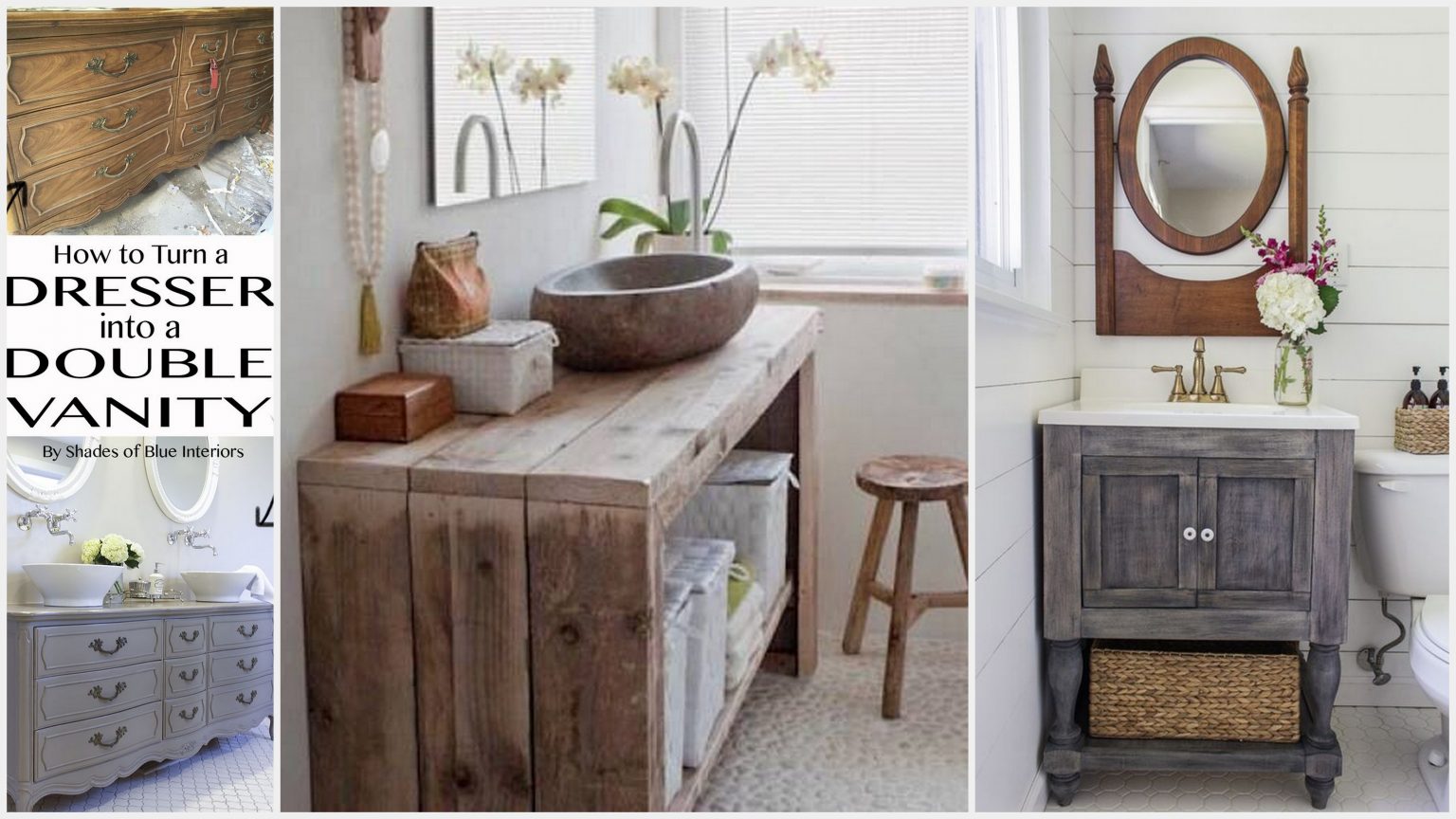

/cherry-diy-bathroom-vanity-594414da5f9b58d58a099a36.jpg)









